
Roots
Consider, for a moment, the very fiber of who we are, woven not just into the lines on our palms or the rhythm of our breath, but truly, deeply into the helix of a single strand of hair. For individuals of textured hair heritage, particularly those from African and mixed-race lineages, hair is far more than a biological outgrowth. It is a living archive, a scroll upon which generations have written stories of identity, belonging, spiritual connection, and collective resilience.
To speak of traditional African hair classification is to trace the contours of entire societies, to understand how a curl, a coil, a braid, could articulate lineage, age, marital status, social standing, or even a community’s aspirations. This understanding moves beyond mere aesthetics; it delves into the profound, interconnected systems that saw hair as a vibrant language, speaking volumes without a single uttered word.
Each individual strand, with its unique follicular structure, tells an ancient story. Unlike the more symmetrical, round follicles that yield straight hair, the oval or kidney-shaped follicles typical of Afro-textured hair create a tightly coiled, often elliptical fiber. This inherent structure, characterized by its microscopic kinks and twists, gives textured hair its distinctive volume and resilience.
Such natural architectural wonders, though sometimes misconstrued by Western beauty ideals, were understood and honored in ancestral African societies for their protective qualities against intense solar radiation and their ability to regulate scalp temperature. The very biology of the hair was recognized and integrated into daily life, informing traditional practices and the cultural meanings ascribed to different hair presentations.

What Did Ancestors Know of Hair’s Basic Makeup?
The ancestral understanding of textured hair, while not articulated in modern scientific terms of keratin bonds or protein structures, was undeniably sophisticated. Communities intuitively grasped that hair’s inherent nature dictated its care and styling. They recognized the varied textures even within a single community – some hair might be softer, some coarser; some curls looser, others tighter. This empirical observation formed the basis of their classifications.
Rather than a rigid numerical system, their classifications were relational, tied to the hair’s response to manipulation, its capacity to hold moisture, and its physical appearance within specific cultural contexts. A Yoruba woman, for instance, understood the specific characteristics of hair that allowed it to be molded into an elaborate Suku style, or threaded into a delicate Kolésè, recognizing the hair’s intrinsic qualities that facilitated such artistry. These were not abstract categories but living, breathing descriptions tied to practical application and communal significance.
Traditional African hair classification was a relational language, interpreting hair’s natural qualities to communicate profound social and spiritual truths.

How Does Textured Hair Differ Biologically?
From a contemporary scientific standpoint, textured hair displays several unique characteristics stemming from its genetic blueprint. The tight coiling means a greater number of disulfide bonds and a more elliptical cross-section, contributing to its springiness and volume. This structure, while providing thermoregulation benefits, also means that natural oils produced by the scalp do not travel down the hair shaft as easily as on straighter strands, often leading to a drier hair type. The points where the hair strand bends and twists are also points of potential fragility, demanding specific care and gentle handling.
These biological realities were instinctively understood by ancestral caretakers, who developed sophisticated regimens focused on moisture retention, protective styling, and natural emollients long before modern chemistry dissected the hair shaft. They knew that a hair type which appears “denser” on the head, with its tiny, repeating patterns of kinks, required unique attention for it to truly flourish.
- Coil Shape ❉ Characterized by an elliptical cross-section, causing hair to grow in tight spirals, twists, or kinks.
- Follicle Shape ❉ Oval or kidney-shaped follicles produce the distinctive curl patterns, unlike the round follicles yielding straight hair.
- Moisture Retention ❉ Natural oils from the scalp have a harder time traveling down the coiled shaft, often leading to natural dryness and a need for external moisturizing.
- Density and Volume ❉ The tightly packed curls give textured hair a greater apparent density and volume, offering natural insulation and protection.
The lexicon used to describe textured hair in these traditional systems was not about numerical grades but about observable traits and their social implications. A hairstyle itself often served as the classification system, with names like Suku (Yoruba, Nigeria) or Okomba (Himba, Namibia) denoting not just a style but a person’s place in the community, their marital status, or even their aspirations. The care involved a deep material understanding too, employing natural elements like shea butter, oils, and clays, all chosen for their specific properties in caring for these particular hair types, passed down through generations. This communal knowledge was the foundational “codex” of textured hair, a living body of wisdom that informed identity and wellbeing long before any standardized classification charts.

Ritual
The language of hair in traditional African societies extended far beyond its inherent biological qualities. It was a vibrant tapestry of ritual, deeply interwoven with daily life, rites of passage, and the very expression of cultural identity. The ways hair was shaped, adorned, and maintained spoke volumes about an individual’s journey through life, their connections to community, and their place within the spiritual world. These practices, honed over millennia, were not merely cosmetic; they were profound acts of self-definition and communal solidarity.
Styling textured hair in traditional African contexts was a communal art form, often taking hours, allowing for social bonding and the transmission of oral histories. The hands that braided, twisted, or coiled were not just skilled artisans; they were storytellers, community elders, and keepers of ancestral wisdom. The very act of hair-making became a sacred ritual, particularly among groups like the Yoruba, who believed in the importance of tending to both the physical head (orí òde) and the spiritual head (orí inú). Hairstyles became living symbols, communicating intricate details about the wearer.

How Did Hair Styling Become a Cultural Compass?
Hair classification, in this sense, was less about static categories and more about dynamic markers of identity. A young woman’s braids might signal her readiness for marriage, while a warrior’s elaborate coiffure would proclaim his strength and battle readiness. Consider the Himba people of Namibia, whose distinctive hair practices serve as a powerful testament to this profound connection. Their women apply a paste called otjize—a mixture of butterfat, ochre, and aromatic resin—to their hair and skin.
The way this mixture is applied, and the intricate styles of braids and dreadlocks that accompany it, denote age, marital status, and even the number of children a woman has, as observed by ethnographic studies (Jacobson, 2005). This is a precise visual language, a classification system writ large upon the body, demonstrating how hair functioned as a living, breathing identity card within the community. The hair itself, coated and styled, becomes an active participant in defining the individual’s socio-cultural standing.
Hair in traditional Africa served as a vibrant, visual language, speaking to one’s social status, life stage, and spiritual connections.
Protective styling, now celebrated globally for its benefits to textured hair health, has deep ancestral roots. Cornrows, braids, and twists were not only aesthetic expressions but practical solutions for managing hair in various climates and during labor-intensive activities. These styles guarded the hair from environmental damage, reduced breakage, and allowed for extended periods of low manipulation, all while serving as powerful cultural statements. This enduring heritage of protective styles continues to be a cornerstone of textured hair care, demonstrating a continuous lineage of practical wisdom intertwined with profound cultural meaning.
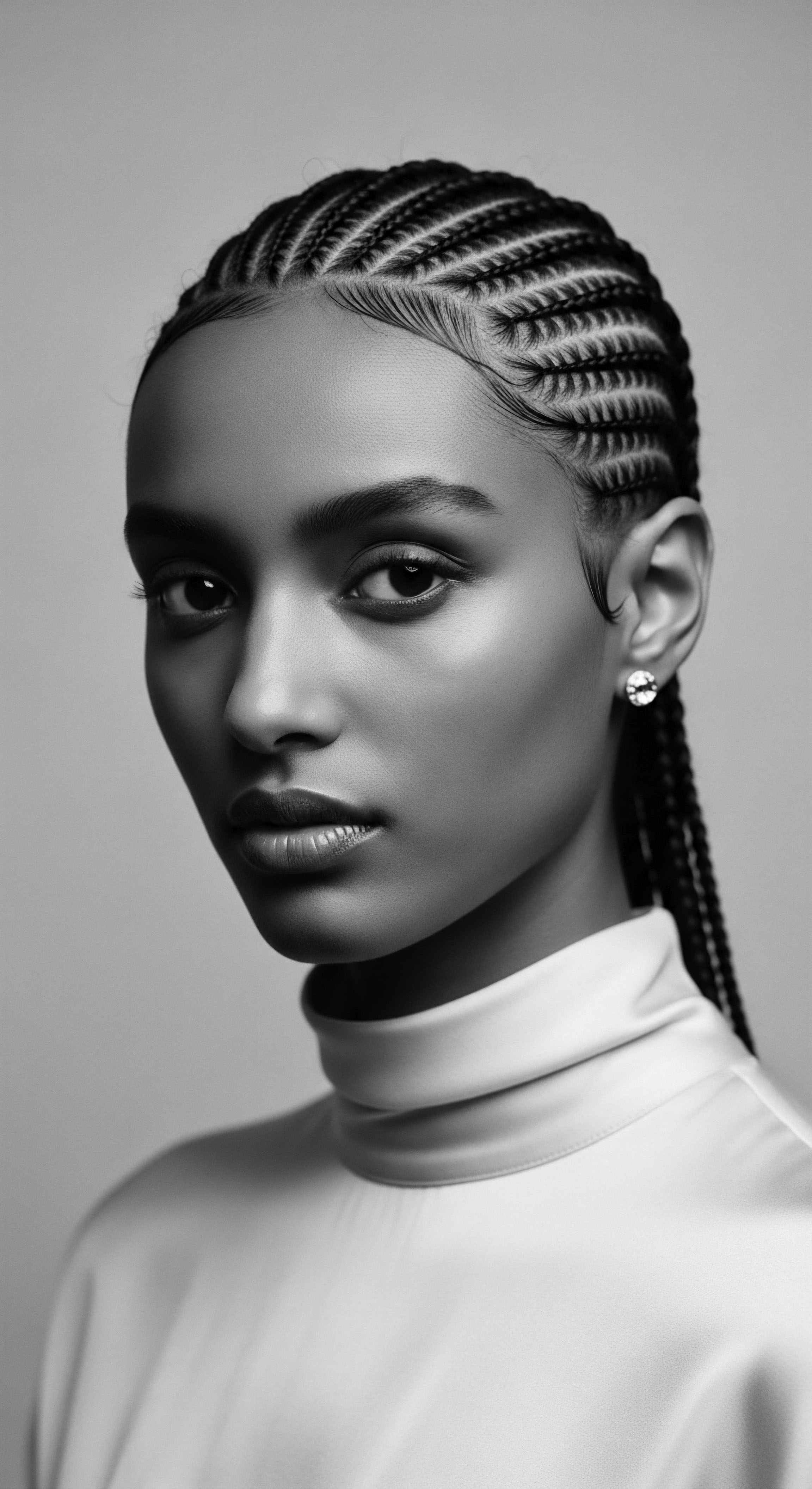
What Tools and Techniques Were Traditional Hair’s Artisans Using?
The tools and techniques employed by ancestral hair artisans were a reflection of ingenuity and deep understanding of their medium. Beyond the simple comb, these included various types of picks, fibers for extensions, and natural adornments.
- Combs and Picks ❉ Crafted from wood, bone, or horn, these tools were designed to navigate tightly coiled textures, detangling gently and creating precise partings for intricate styles.
- Fibers and Threads ❉ Natural fibers, often sourced from plants, were used to extend hair, add volume, or secure styles, a precursor to modern extensions. The Yoruba, for example, extensively used threading (Ìrun Kíkó) to shape hair.
- Adornments ❉ Shells, beads, cowries, precious metals, and natural dyes (like ochre for the Himba) were integrated into hairstyles, serving as symbols of wealth, status, spiritual beliefs, or even to ward off malevolent spirits.
These rituals were not static; they evolved, sometimes incorporating new materials or responding to social shifts, yet always maintaining their core connection to identity. The act of receiving or creating a specific hairstyle was a moment of affirmation, a physical embodiment of belonging within a rich, living heritage.
| Traditional Practice Intricate braiding patterns |
| Cultural Significance Identified tribe, age, marital status, social rank, or spiritual beliefs. |
| Enduring Heritage Today Celebrated as a symbol of Black identity, pride, and resistance against Eurocentric beauty norms. |
| Traditional Practice Application of natural pastes/clays (e.g. otjize) |
| Cultural Significance Protection from sun, connection to earth, marker of life stages (Himba). |
| Enduring Heritage Today Inspires natural hair care movements, using traditional ingredients like shea butter and oils for holistic hair health. |
| Traditional Practice Communal hair styling sessions |
| Cultural Significance Strengthened social bonds, passed down oral histories and cultural traditions. |
| Enduring Heritage Today Modern salons and hair meet-ups recreate communal aspects, fostering shared experiences and cultural exchange. |
| Traditional Practice These practices continue to serve as a profound link to ancestral wisdom, shaping contemporary self-expression. |
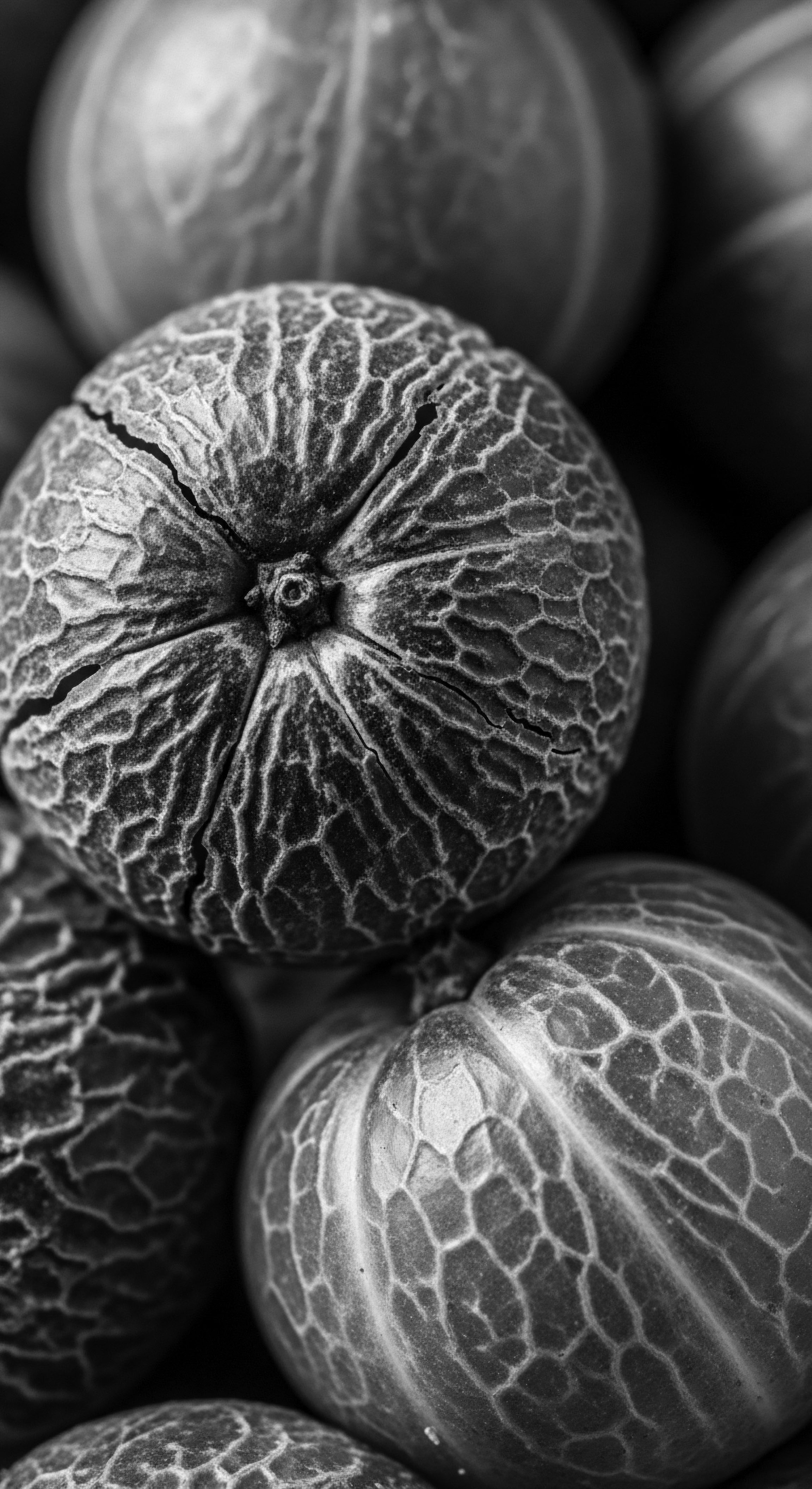
Relay
The echoes of traditional African hair classification systems resound through generations, extending far beyond the continent’s shores and into the diasporic experience. This enduring influence speaks to the profound strength of these ancestral frameworks, which provided more than mere aesthetic guidelines; they offered a fundamental lexicon for identity, community, and even resistance. For textured hair, often subjected to erasure or denigration in post-colonial and Western contexts, these heritage systems became beacons of self-affirmation, relaying messages of worth and belonging across time and space.
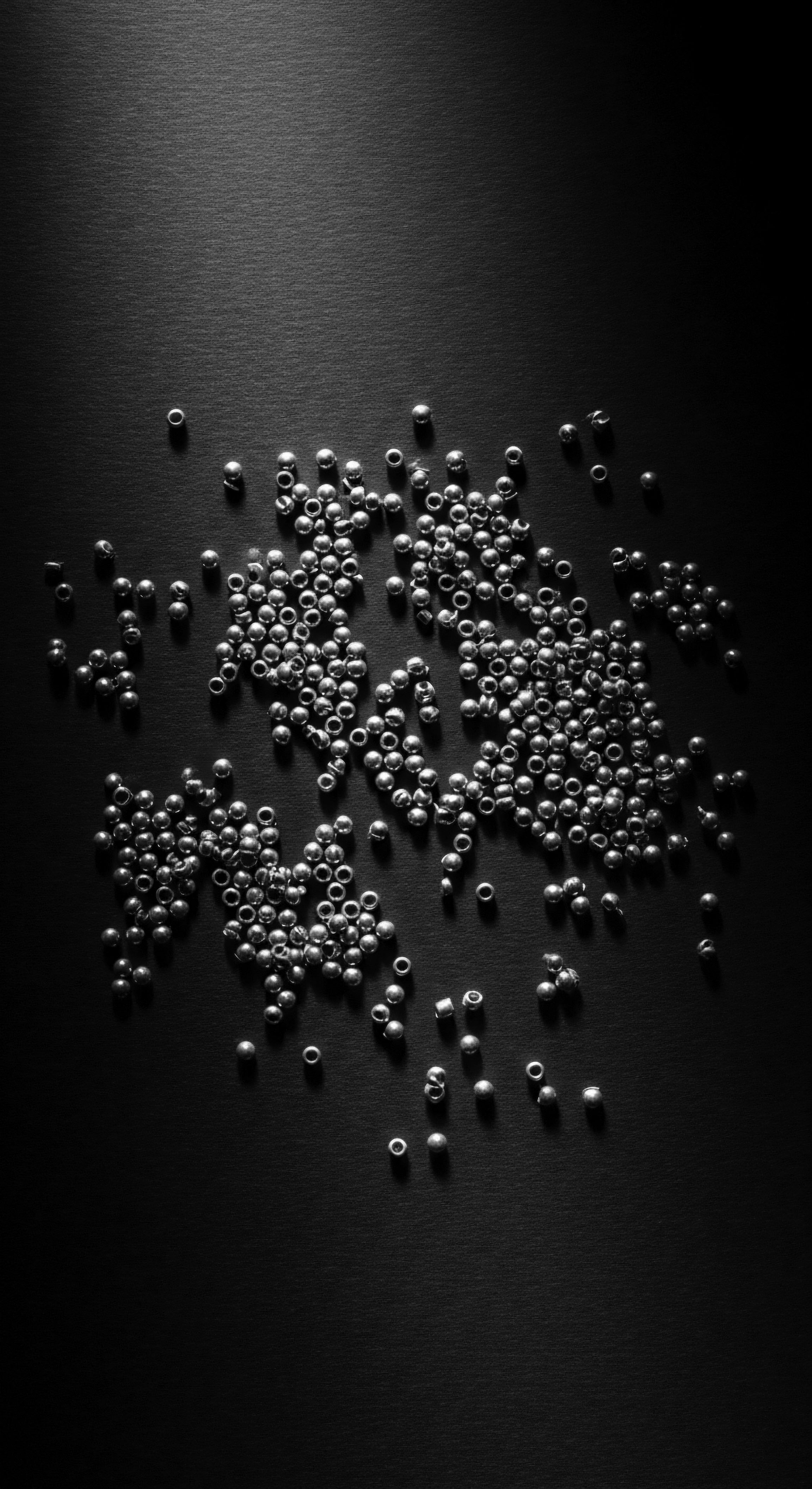
How Did Hair Classification Offer Resistance?
During periods of immense upheaval, such as the transatlantic slave trade, the traditional meanings embedded in African hair systems became clandestine tools of survival and cultural preservation. Enslaved Africans, stripped of their names, languages, and lands, found ways to communicate and sustain their identity through hair. Cornrows, for example, were not merely a style to keep hair tidy under harsh conditions; specific patterns concealed seeds for planting on new lands, or even mapped escape routes along the Underground Railroad.
This powerful, silent language, born from traditional classification and styling, transformed hair into a subversive medium, a testament to the indomitable spirit of those who resisted forced assimilation. The hair, in its very structure and manipulation, became a living document of their ongoing struggle and a marker of shared origin.
Scholars have consistently underscored hair’s role as a potent marker of identity for individuals of African descent, emphasizing that it cannot be separated from their sense of self. Anthropologist Lanita Jacobs-Huey (2006) explored the critical role of language in negotiating the social meaning of hair for African American women, noting that “black hair as a window into African American women’s ethnic and gender identities, and black hair as a linguistic and cultural engagement with these identities presents opportunities for learning and change” (Jacobs-Huey, 2006, p. 4-5).
This highlights how classification systems, even when disrupted, continued to shape internal and external perceptions, making hair a focal point for understanding identity formation within the diaspora. The way hair was categorized and styled—whether by ancestral tradition or later, by imposed colonial standards—directly impacted how individuals were seen and how they saw themselves.
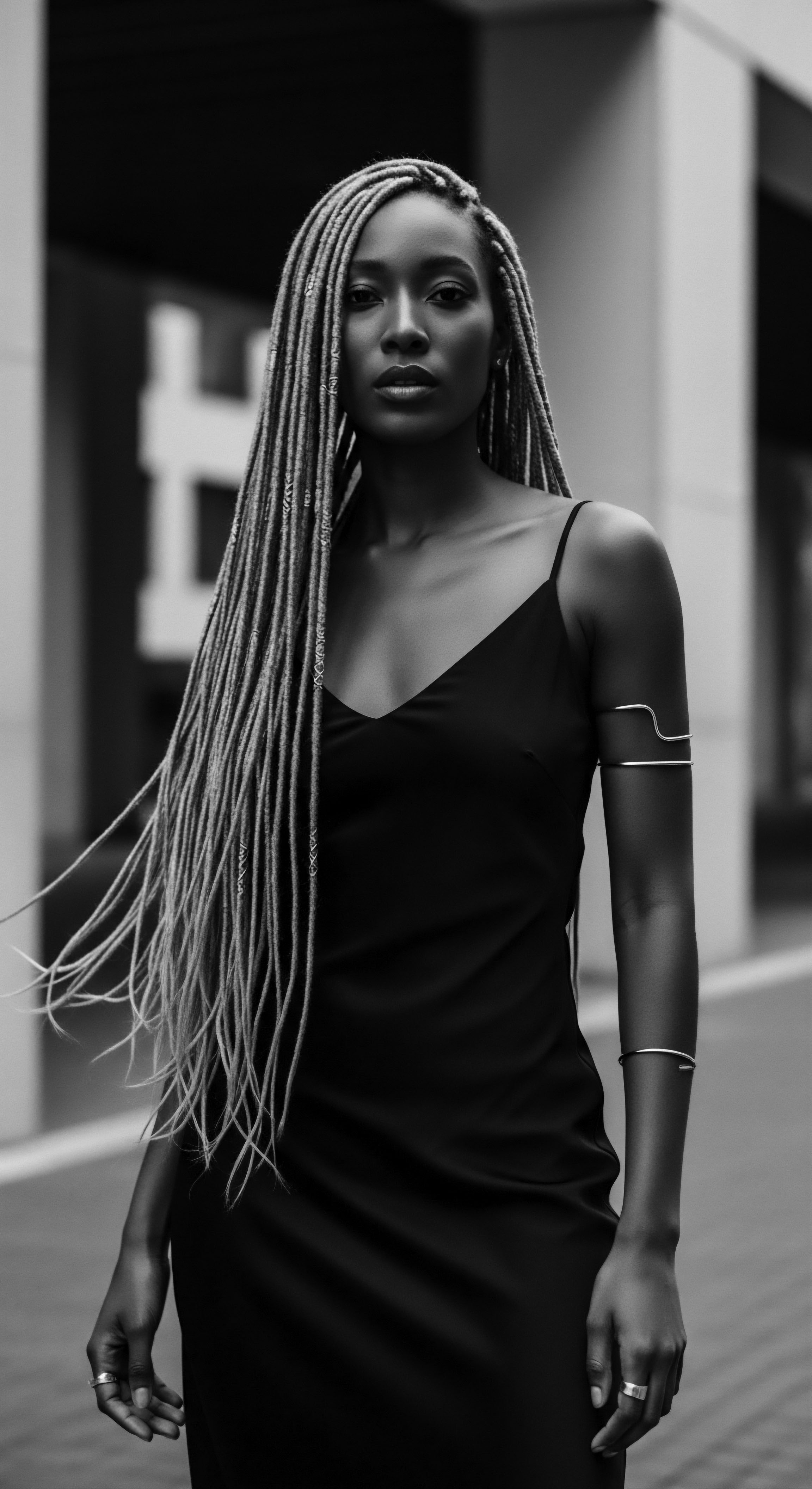
What Role Does Hair Play in Modern Identity?
The concept of hair classification, though often simplified in contemporary discourse to numerical curl patterns, still carries the weight of this complex heritage. The “Natural Hair Movement” of recent decades, for instance, represents a direct continuation of this ancestral legacy. It is a collective re-embrace of textured hair’s natural forms, a deliberate act of rejecting Eurocentric beauty norms that historically demonized African hair as “kinky,” “wooly,” or “nappy”.
This movement, echoing the “Black is Beautiful” ethos of the Civil Rights era, asserts the inherent worth and beauty of textured hair in all its forms, drawing strength from the traditional systems that once celebrated these same attributes. The classifications used today, while perhaps more scientific, are infused with the cultural context of reclaiming what was once devalued, establishing a new, yet deeply rooted, form of identity.
The legacy of traditional hair classification lives in the enduring cultural strength and self-determination of textured hair communities worldwide.
The scientific understanding of textured hair’s unique properties, from its elliptical follicle to its coil density, now provides a biological validation for what ancestral practices understood intuitively ❉ that this hair type requires specific care. Modern research in hair science validates the efficacy of traditional ingredients like shea butter and certain oils, recognizing their occlusive and moisturizing properties that are essential for maintaining hair health. This scientific lens, when applied with cultural reverence, allows for a deeper appreciation of ancestral wisdom, showing how ancient techniques were, in effect, applied science, adapted perfectly to the hair’s biological needs. The classifications, whether traditional or modern, serve to guide care and affirm identity.
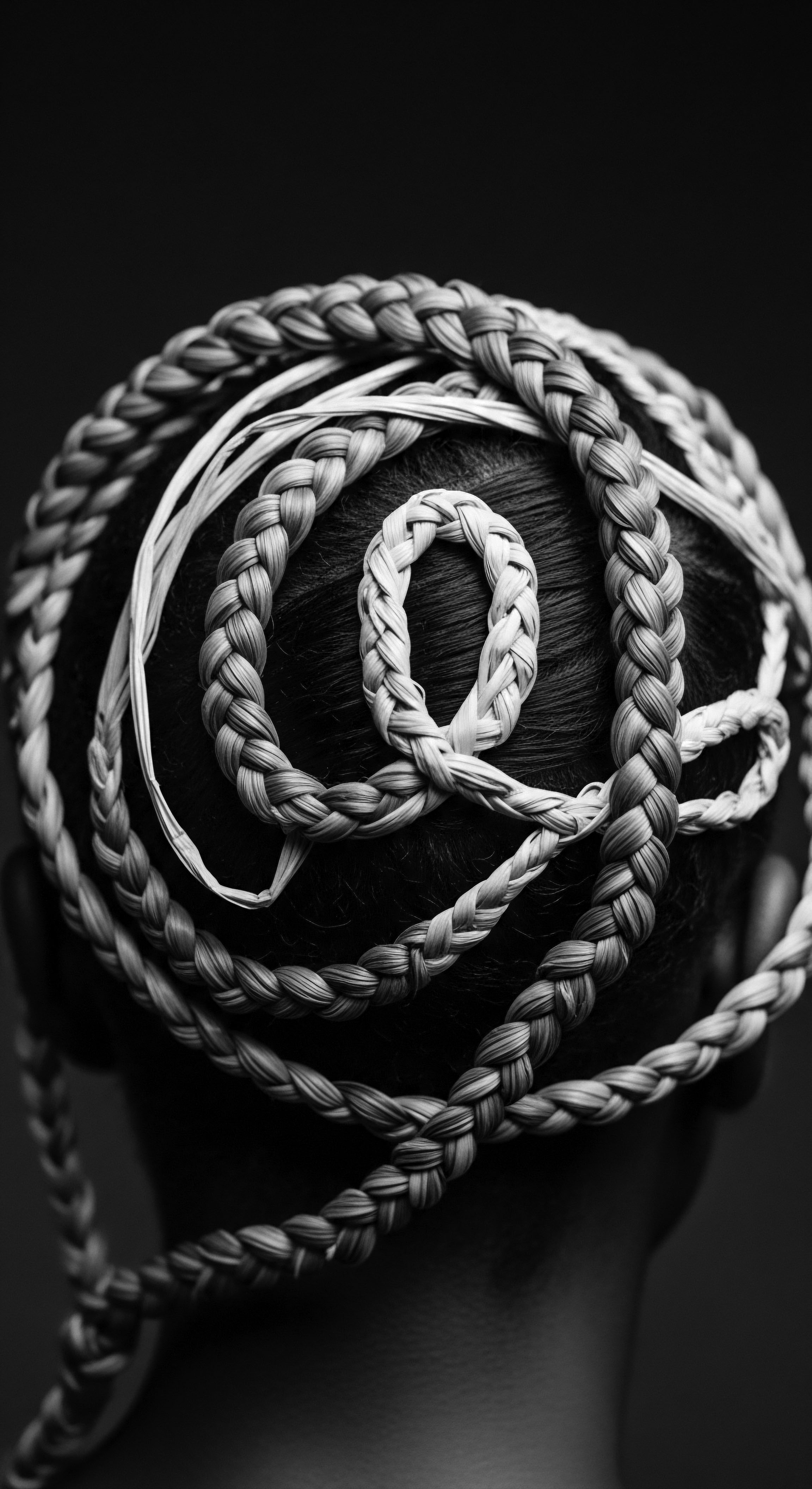
Can Science Confirm Ancestral Hair Wisdom?
Indeed, the convergence of scientific understanding and ancestral knowledge reveals a powerful truth about textured hair. The tightly coiled structure, while sometimes perceived as fragile due to its many points of curvature, also provides remarkable elasticity and volume. This inherent resilience, often nurtured through traditional low-manipulation styles and natural conditioning methods, is now understood at a molecular level. For instance, a study on hair loss among African women pointed to the direct relationship between hair care practices and hair loss in Nigeria, underscoring the vital need for appropriate techniques, which traditional systems instinctively provided (Ogunwande et al.
2017). This specific historical example highlights the practical, health-preserving wisdom embedded within the seemingly symbolic classification and care systems of the past.
The societal impact of hair classification continues to be felt in various realms, from legislation like the CROWN Act, which prohibits race-based hair discrimination, to the global beauty industry. These contemporary battles for hair freedom are a direct consequence of historical biases that sought to dismantle traditional African hair classification systems and their inherent link to identity. The ongoing conversation around textured hair is a testament to the lasting power of those ancient systems, which served as blueprints for self-expression and cultural pride, influencing narratives of beauty, belonging, and resistance.

Reflection
Standing at this confluence of heritage and science, we find ourselves in a space of deep gratitude for the ancestral wisdom that sculpted our understanding of textured hair. The traditional African hair classification systems, though not rigid charts, truly formed a profound grammar of identity. They spoke of lineage, of social standing, of the journey through life, all communicated through the living fibers crowning the head. It is a powerful legacy, one that affirms the intrinsic beauty and resilience of Black and mixed-race hair.
This journey from elemental biology to spiritual reverence, from ancient practice to contemporary reclamation, reveals hair not as a mere appendage, but as a sacred vessel, a keeper of memory. Each curl, each coil, carries the whispers of those who came before, the hands that braided, the spirits that guided. Our understanding today is enriched by embracing this continuum, recognizing that the health and radiance of our strands are deeply intertwined with the stories of our past. To care for textured hair, then, is to participate in an ongoing ritual, a timeless dialogue with ancestral wisdom, ensuring that the soul of each strand continues to sing its vibrant song of heritage, loud and clear, for generations to come.

References
- Byrd, Ayana D. and Lori L. Tharps. Hair Story ❉ Untangling the Roots of Black Hair in America. St. Martin’s Press, 2001.
- Cobb, Jasmine Nichole. New Growth ❉ The Art and Texture of Black Hair. Duke University Press, 2023.
- Dabiri, Emma. Twisted ❉ The Tangled History of Black Hair Culture. Harper Perennial, 2020.
- Jacobs-Huey, Lanita. From the Kitchen to the Parlor ❉ Language and Becoming in African American Women’s Hair Care. Oxford University Press, 2006.
- Johnson, A. E. and B. L. Bankhead. “Black women and identity ❉ What’s hair got to do with it?” Nouvelles pratiques sociales, vol. 31, no. 2, 2018, pp. 203-219.
- Koppelman, Connie. “The Politics of Hair.” Essays in Honor of Esther H. Schor, edited by David S. Wylie, Palgrave Macmillan, 1996, pp. 87-98.
- Mercer, Kobena. Welcome to the Jungle ❉ New Positions in Black Cultural Studies. Routledge, 1994.
- Ogunwande, T. O. et al. “Hair care practices and their relationship to hair loss in African women attending a tertiary hospital in Nigeria.” International Journal of Dermatology, vol. 56, no. 10, 2017, pp. 1109-1113.
- Rooks, Noliwe M. Hair Raising ❉ Beauty, Culture, and African American Women. Rutgers University Press, 1996.
- Thompson, Vetta Sanders. “The Complexity of Black Racial Identification.” Journal of Black Studies, vol. 31, no. 5, 2001, pp. 549-565.
